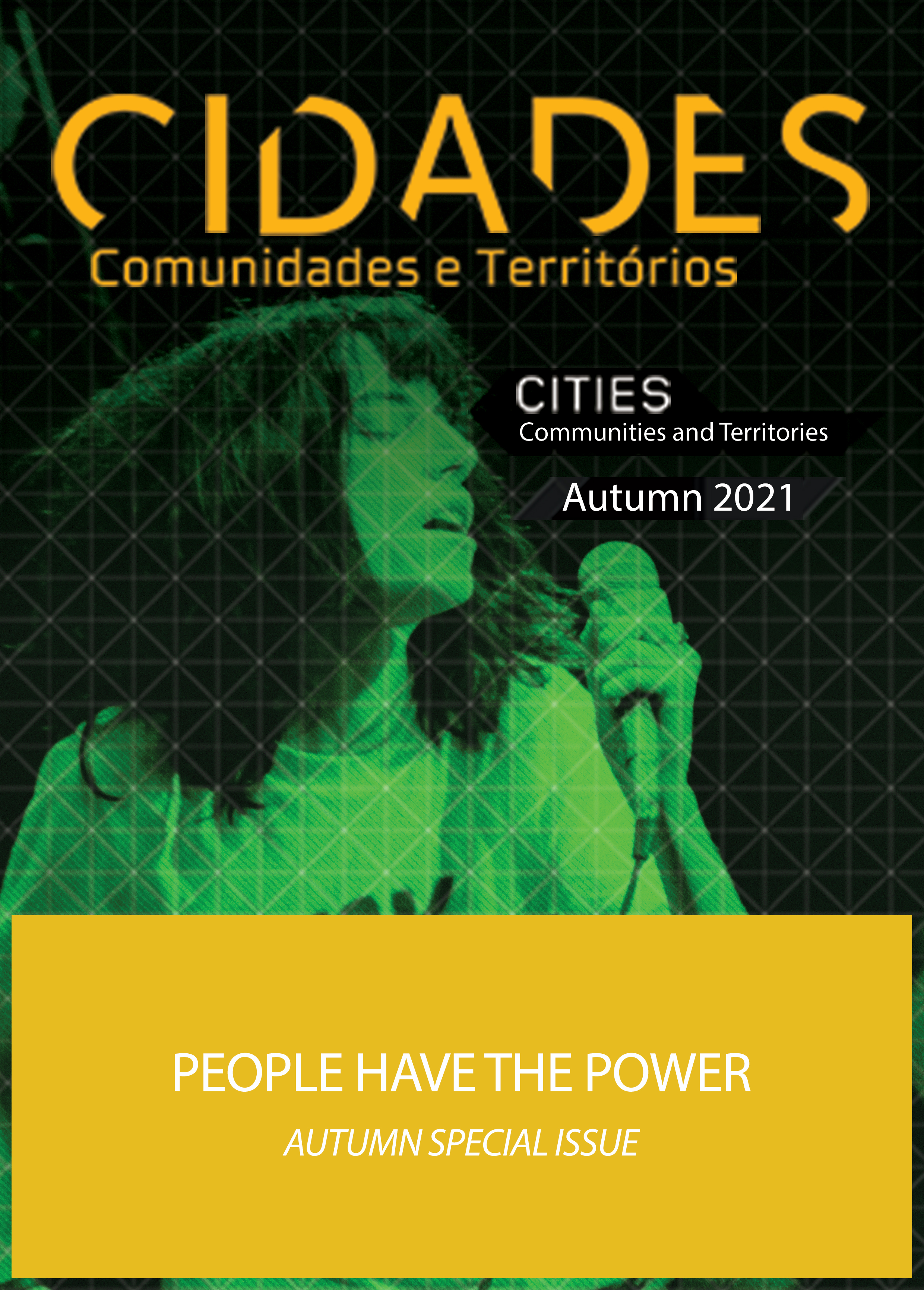Being nomadic and overseas rappers
Construction of hybrid identity in Chinese hip-hop scene
Mots-clés :
Chinese hip-hop, global youth culture, narrative semiotics, intercultural communication, hybrid identity, immigrationRésumé
This research aims to explore the function of intercultural communication of Chinese Rap music and the construction of hybrid identity, through discourse analysis methods: Narrative Semiotics, visual semiology, and sociolinguistics of globalization. The general context of the research is the development of global youth culture and Rap music as an intercultural formulation of local identities. Songs of two Chinese Rap groups are analyzed: Higher Brothers and Bohan Phoenix. In short, it attempts to scrutinize their use of Rap lyrics in order to promote the intercultural communication and construction of hybrid identity.
Références
Bennett, M. (1998). Intercultural communication: A current perspective, in Basic Concepts of Intercultural Communication: Selected Readings, pp. 1–20. Nicholas Brealey Publishing
Blåsternes, E. (2014). “Keeping it Real” In Beijing; Exploring Identity, Authenticity and Music as a ’Technology of the Self’ among Urban Middle-class Youth. M.A Degree Thesis. University of Bergen.
Chen, M. (2013), Localization of Chinese hip-hop, Forum of Chinese Culture, 7, 162–165
Chesman, D.C. (Feb 14, 2018). Meet Bohan Phoenix, China´s most Uncompromising Indie Rapper. https://djbooth.net/features/2018-02-14-bohan-phoenix-interview
Corral Rodríguez, A. (2015). Empoderamiento en el hip-hop femenino español: una aproximación desde los Estudios de Género y la Semiótica al rap mainstream. M.A Degree Thesis. Pompeu Fabra University. http://hdl.handle.net/10230/25251
Drissel, D. (2009) Reinventing Rebellion: Alternative Youth Subcultures in Post-Tiananmen China, The International Journal of Interdisciplinary Social Science, 3(10), 39–59
Flores, J. (1986). Rap, graffiti y break. Cultura callejera negra y portorriqueña en Nueva York, Cuicuilo, 17, 34–40.
Fullerton, J. (2018, Jan.12). How a Reality TV Show Has Catalyzed the Rise of Rap in China, https://www.vice.com/en_id/article/59wjga/how-a-reality-tv-show-has-catalysed-the-rise-of-rap-in-china.
Fung, A. Y. H. (2007). Western Style, Chinese Pop: Jay Chou’s Rap and Hip-Hop in China, Asian Music, 39(1), [Popular Music in Changing Asia] (Winter - Spring, 2008), 69–80.
Greimas, A.J. (1970). Du sens. Essais sémiotiques. Paris: Éditions du Seuil.
Helland, K. I. (2017). Mona AKA Sad Girl: A multilingual multimodal critical discourse analysis of music videos of a Japanese Chicana rap artist, Discourse, Context and Media. https://doi.org/10.1016/j.dcm.2017.09.004
Nilan, P. & Feixa, C. (2006). Global Youth? Hybrid Identities, Plural Words. New York: Routledge.
Rodrigo, M, Alsina & Medina. B. Pilar (2016). A Reflection on Identities, Culture Models and Power, Journal of Intercultural Communication, 40. http://www.immi.se/intercultural/nr40/rodrigo.html
Stadler, J. (2011). Oreo, Topdeck and Eminem: Hybrid identities and global media flows, International Journal of Cultural Studies, 14(2), 153–172. https://doi.org/10.1177/1367877910387971
Telxelra, L. (2018, Jan 29). Higher Brothers are Chinese Hip-hop´s Greatest Hope, https://noisey.vice.com/en_au/article/xw4bkn/higher-brothers-profile-chinese-hip-hop
Vrij, A., Akehurst, L., & Smith, B. (2003). Reducing Ethnic Prejudice: An Evaluation of Seven Recommended Principles for Incorporation in Public Campaigns, Journal of Community and Applied Social Psychology, 13(4), 284–299. https://doi.org/10.1002/casp.736
Téléchargements
Publié-e
Numéro
Rubrique
Licence
© Siyuan Ren, Carles Feixa 2021

Cette œuvre est sous licence Creative Commons Attribution - Pas d'Utilisation Commerciale - Pas de Modification 4.0 International.
CIDADES, Comunidades e Territórios by DINÂMIA'CET-Iscte is licensed under a CC-BY licence.






